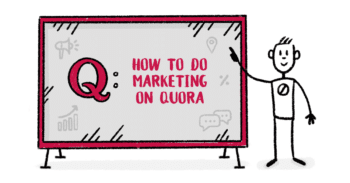The 7 Key Metrics You Should Be Tracking for Your Content Marketing Campaigns

A big part of content marketing is blogging, but it goes beyond just plopping down out your computer and jotting down some random thoughts. Instead, once it shifts into content marketing territory, your blog and videos should have specific purposes and goals they’re trying to accomplish.
No business, after all, just has a blog on their site to make their website look a little more full. They’d never spend that amount of time and money on it unless it actually got them results and earned them more money in the long run.
And, when it comes to marketing and making money, tracking certain key metrics will be crucial. Keeping an eye on certain metrics will help you to evaluate the health of your campaigns, and how well your content is helping you to reach those goals that you’ve set.
In this post, we’re going to take a look at the key content marketing metrics you should be watching, no matter what goals you’ve optimized for.
Which Content Marketing Analytics Tools Should I Use?
Before we start focusing on which metrics to track, it only makes sense to discuss which platforms to track the key metrics on.
There are two different types of platforms that I recommend using to track the metrics you want to watch.
The first and easily most important will be Google Analytics. You can quickly install the custom tracking code on your site, and then evaluate all on-site activity. See which pages and posts are getting the most engagement, and which are sending traffic running away from your site as quickly as possible.
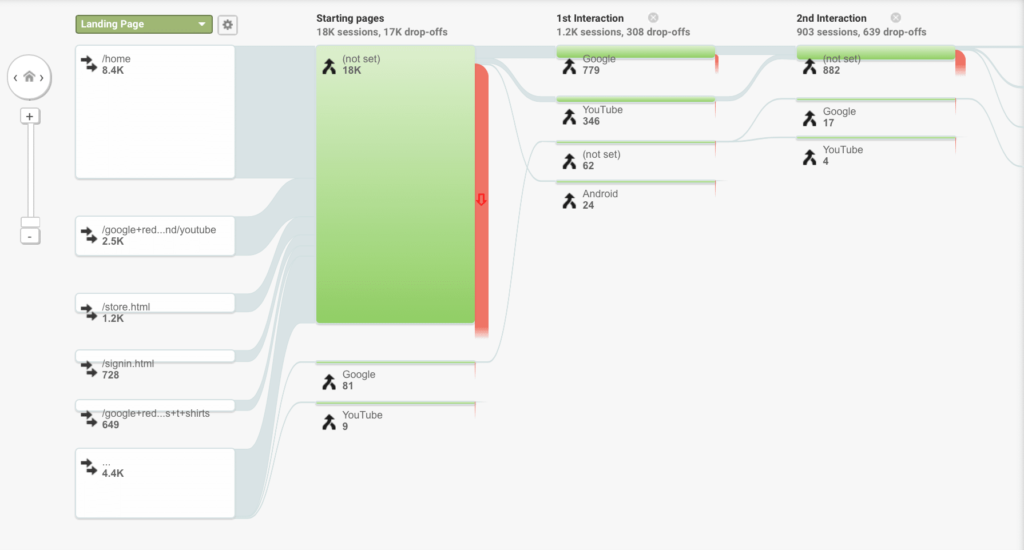
I also recommend using social media analytics tools so that you can track what types of content are getting the most engagement and clicks on social. This will likely be different for each platform, so you’ll want to take a look at each individual platform’s analytic data. You can either use native analytics tools like Facebook Insights and Twitter Analytics, or opt for a complete-view third party tool like Hootsuite.
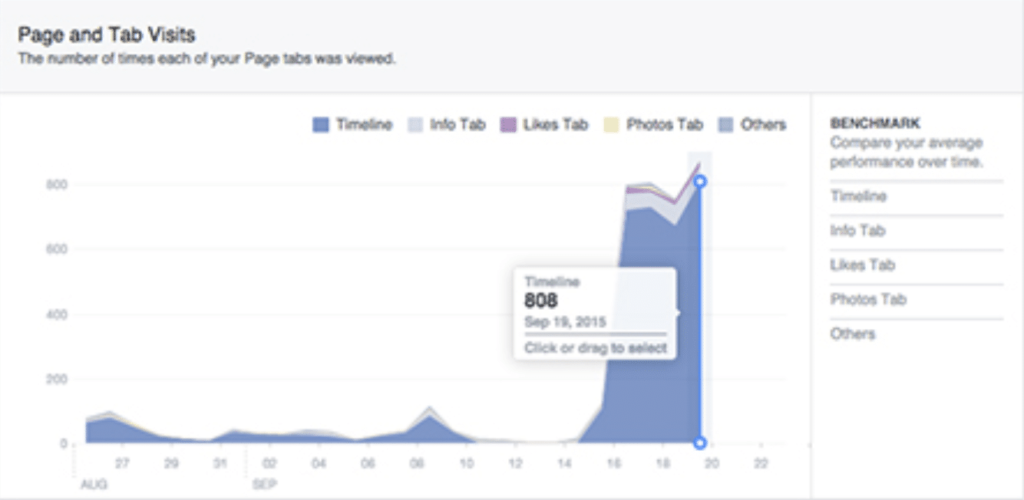
How Do I Decide Which Metrics to Track?
Not all businesses will be tracking the same metrics. That’s ok. If some businesses are focused on direct sales while others just want to build up brand recognition, they’ll naturally be tracking numbers.
The metrics that you choose should be goal related. Those businesses focused on sales will want to set up conversion tracking in Google Analytics so they can see which content will help them most. Watching behavior patterns through the site and blog posts will also be relevant here.
Meanwhile, someone building up brand recognition will want to look for an increasing number of backlinks to the site and traffic coming from referral sources like social media, as this indicates that more people are sharing the content elsewhere.
So, before you choose the most important metrics for your campaigns, set your goals and decide how you want to measure for them.
The 7 Metrics You Should Be Tracking
We’ve just said that the content marketing metrics each business tracks will be different depending on their specific, individual goals. That’s true.
Despite this, however, there are certain metrics that you should be watching no matter what your underlying goals are. These will tell you how well your campaigns are working on a basic level at engaging your target audience and getting traffic to your site. No matter what your big-picture goals are, those factors will always be important and help you evaluate the health of your campaigns.
1. Total & Unique Pageviews
Total Pageviews is obviously an important metrics, because being able to determine how many users are checking out your content is a good starting place. Unique Pageviews, however, is a metric that can tell you a lot when compared to the Total number.
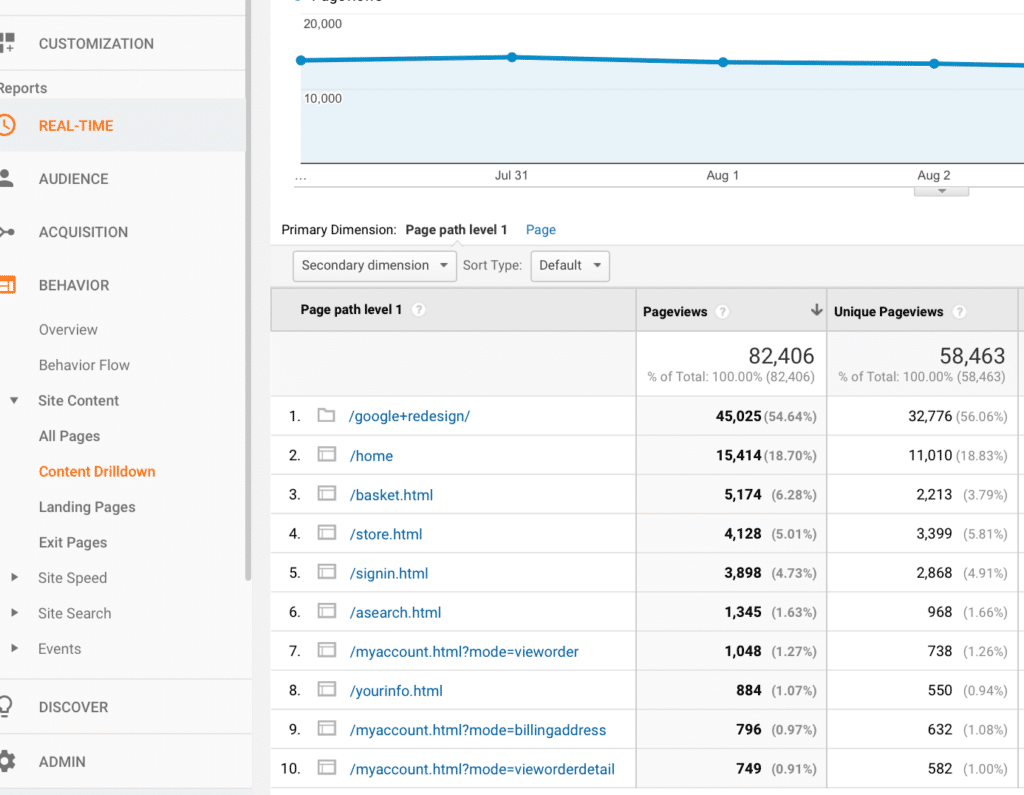
Unique Pageviews tells you how many individual users have viewed the page, instead of just how many times the page was viewed. Since some people may click back to a single post once or twice (especially if they accidentally click away), this will give you a better idea of unique impressions and how many individual users you’re actually reaching with your content.
It’s good to know that you’d like both of these numbers to be as big as possible, and recurring views aren’t automatically bad; they can, in fact, indicate value because people keep coming back.
2. Average Time Spent on Page
The Average Time Spent on a Page metric is a big one for content marketing, because it shows you how long you readers and viewers are actually spending engaging with each individual piece of content. If your video is five minutes long, for example, and you notice them disappearing after a minute and a half, that means the video isn’t as captivating as we’d maybe have hoped.
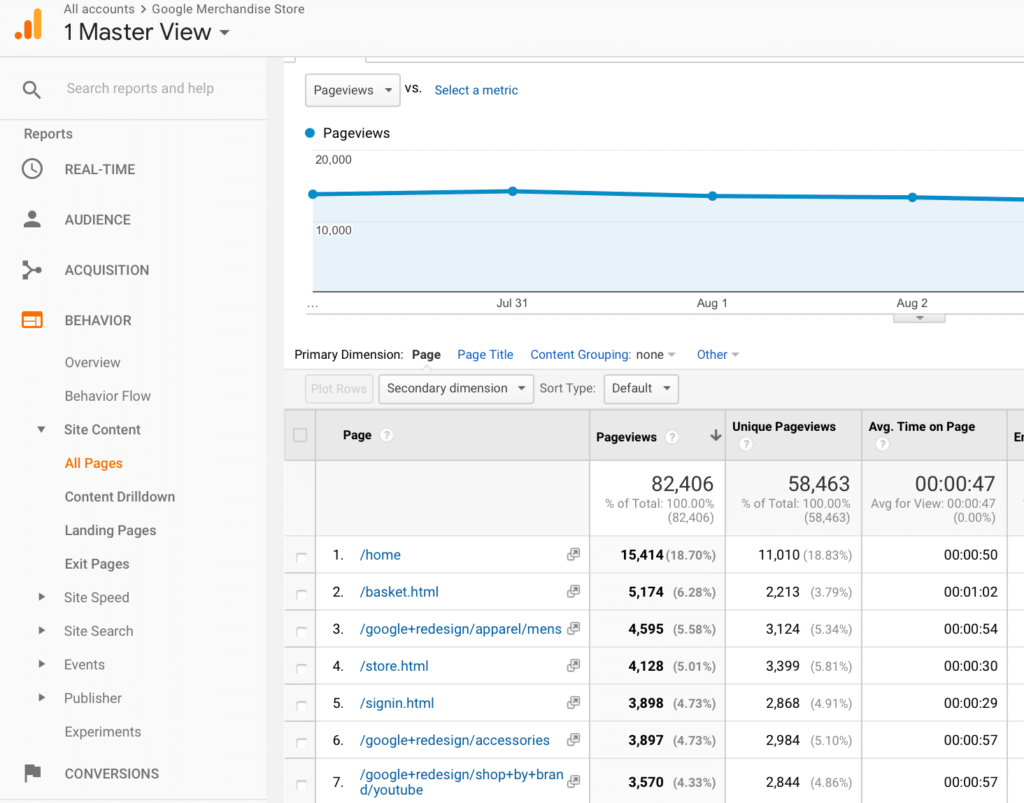
Blog posts can be a little trickier, because people overall have a tendency to skim. Breaking topics down into headers and subheads, after all, aren’t just for Google’s benefit. Still, you should be seeing time spent on a page reflecting the amount of content, and hopefully going up with time.
3. Goal Completion Rate
While not all businesses have the ultimate goal of selling something when it comes to content marketing, most do. And even if you don’t want direct sales, you can still set up conversion tracking for things like email sign-ups or event registrations.
Goal completion rates track specific user actions through your site to see when they culminate in specific actions, like signing up for that email list or making a purchase. You can attribute monetary value to the goals, but you don’t have to.
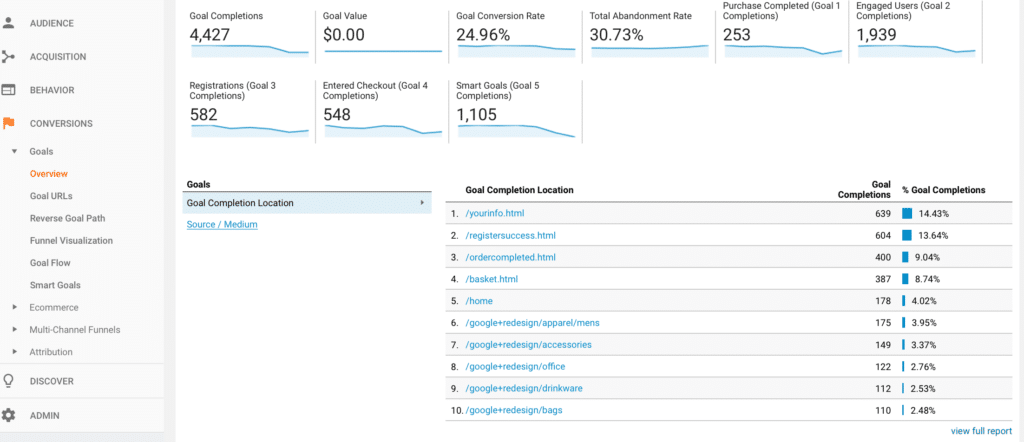
This is a really quick way to see whether or not your content is actually helping you accomplish whatever on-site goals that you have, so setting them up are well-worth the time. You can see how to do this here.
4. Bounce Rate
Your bounce rate is going to tell you how many users on a given page immediately left your site after visiting it. You’ll naturally want your bounce rate to be as low as possible, because good content shouldn’t just entertain someone for two minutes, it should send them to other places on your site, too.
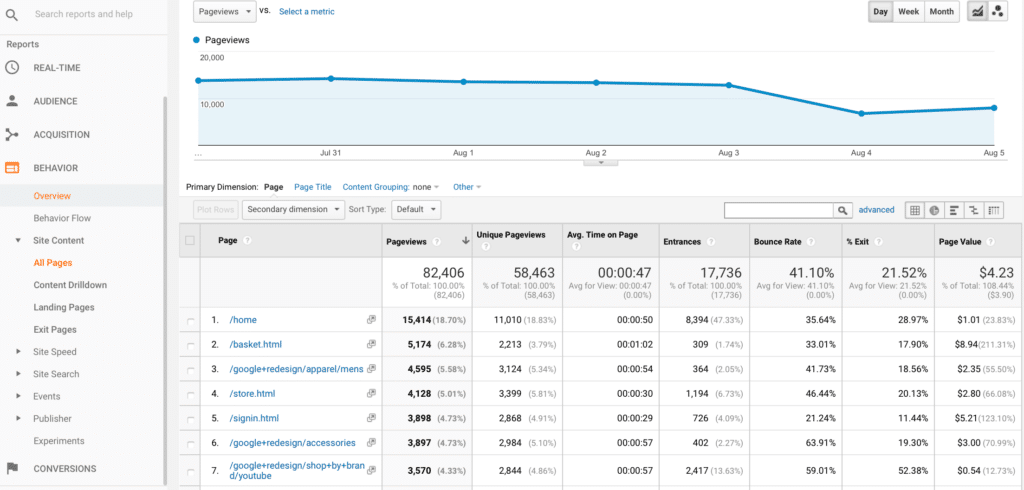
Need some help reducing bounce rate? Placing inbound links in your posts will help. For best results, I like to place one or two towards the end of the post when users are ready to bail. This already has great SEO benefits, and it keeps people on your site longer, which is good news all around.
5. Pages Per Session
Pages per session is an important indicator of relevance, because it tells you how many pages the average user will view when they visit your site. It goes without saying, but you want this number to be as high as possible.

If someone comes to your site and then only views the one page before leaving, that likely won’t help you much. If they click around and view three or four pages, however, you know that your content is relevant enough to them that they’re clicking on the links or other content or pages they see listed.
Again, help with this by using more inbound links, and you can even offer content suggestions or CTAs to take users to landing pages or sign-ups at the end of the post.
6. Clicks on Social Media
As you’re building followings on your social media profiles, you’ll naturally share content there. Not only will this help get traffic to your site and relevant readers on your posts, it will also give you a good idea of what content your audience is most responsive to.

Head to your social media analytics. See which of your posts featuring content has gotten not only the most engagement, but the most clicks. A like, after all, is great but doesn’t mean much; a click signals actual interest. Do this for each platform. Make a note of what subjects and types of content are getting the most attention from your audiences.
7. Search Queries
Search queries on Google Analytics will tell you which keywords and search phrases are being used to find your site. Google Analytics will also tell you:
- how many people searched for these queries that saw your site
- the average position you were in the SERPs for it
- how many clicks you got on each
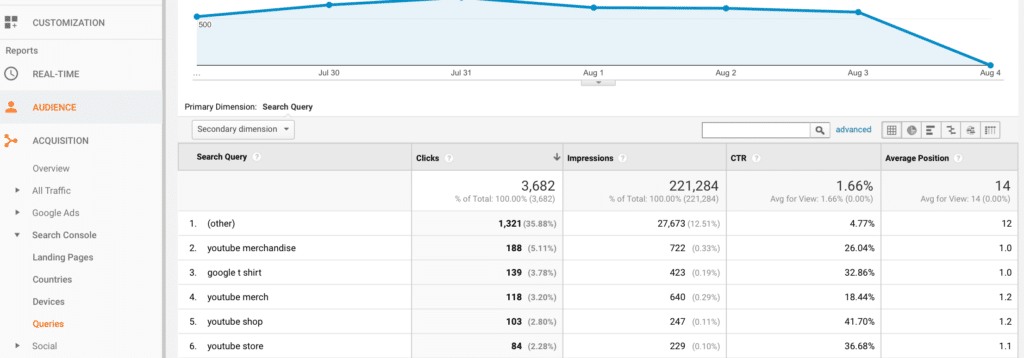
Use this information to see which keywords are most valuable to you. You can see if your content marketing campaigns are helping you rank well. You can also see if any specific posts or keywords are most effective in bringing in new traffic.
If you’re getting impressions but not a lot of clicks, you might have some troubleshooting to do. You could need to find new ways to increase your rank position; you may also need to improve your headlines or meta descriptions to entice more users to click.
Final Thoughts
Content marketing can open a lot of marketing and networking doors for you. It can help you build long-term relationships with your target audience that are invaluable. I’ve seen it myself, and many of my colleagues have noted the same clear trend. Content is valuable, but only when you’re actually optimizing for and accomplishing certain goals. By monitoring these key content marketing metrics discussed in the post, you’ll be able to do just that.
What do you think? Which metrics do you track most carefully for your content marketing campaigns? Which do you find most telling? Drop your thoughts in the comments below.

